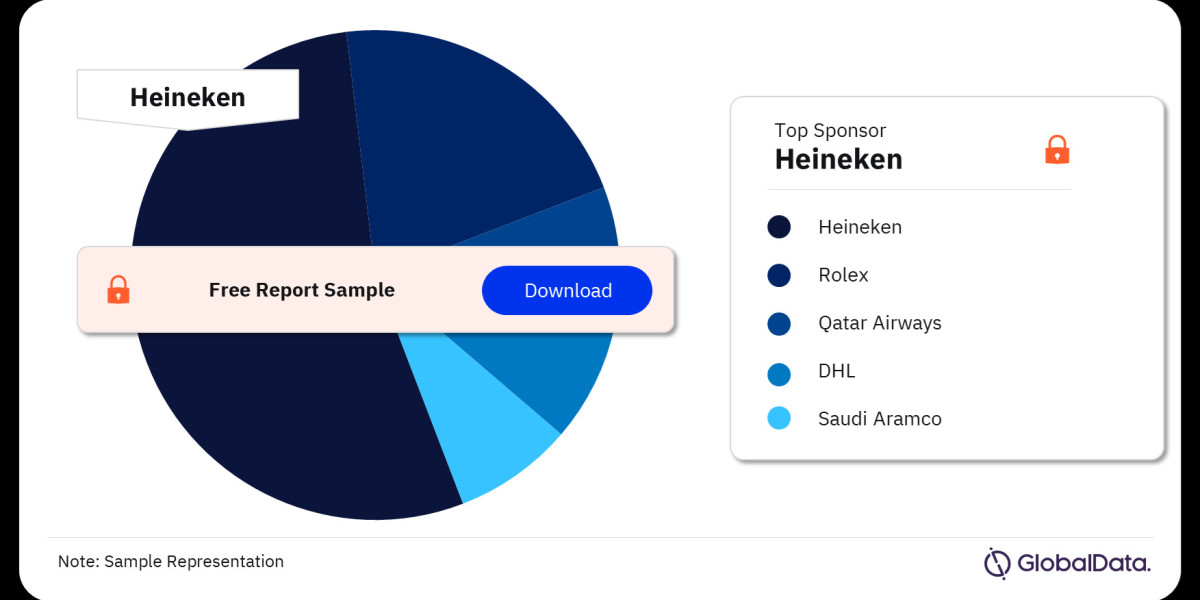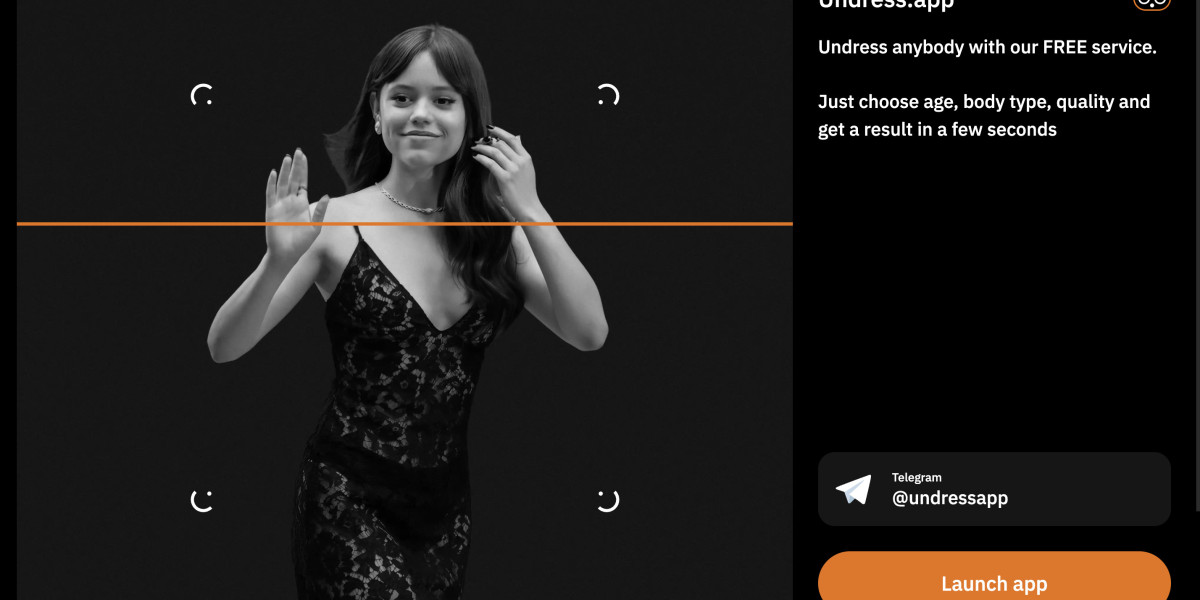This article delves into the intricacies of F1 sponsorships, exploring the history, the significance, the key players, and the future of sponsorships in this exhilarating sport.
The Evolution of Sponsorship in Formula One
Early Beginnings
The concept of sponsorship in Formula One can be traced back to the 1960s. Before this era, teams were often funded by wealthy individuals or car manufacturers. However, the financial demands of competing at the highest level of motorsport soon necessitated additional funding sources.
The first major sponsorship deal in F1 occurred in 1968 when the Lotus team, led by the innovative Colin Chapman, partnered with Imperial Tobacco. The iconic red, gold, and white livery of the Lotus 49, adorned with the "Gold Leaf" brand, marked the beginning of a new era. This partnership was revolutionary, demonstrating that commercial brands could leverage the sport's growing popularity to reach a wider audience.
Growth Through the Decades
The 1970s and 1980s saw an explosion in sponsorship deals. Tobacco companies were the early dominant sponsors, with brands like Marlboro, Camel, and John Player Special becoming synonymous with F1 teams. The bold and colorful liveries of cars became a key marketing tool, making F1 a moving billboard.
As the sport entered the 1990s, non-tobacco sponsors began to recognize the potential of F1. Technology firms, financial institutions, and automotive suppliers started investing heavily. The globalization of F1, with races spanning five continents, further enhanced its attractiveness to sponsors seeking worldwide exposure.
The Role of Sponsorship in Formula One
Financial Lifeblood
Sponsorship is the financial lifeblood of Formula One. The costs associated with running an F1 team are astronomical, encompassing research and development, manufacturing, logistics, and personnel. Sponsorship revenue is vital for teams to remain competitive. Top-tier teams like Mercedes, Ferrari, and Red Bull Racing rely on extensive sponsorship portfolios to fund their multi-million-dollar operations.
Brand Exposure and Image
For sponsors, F1 offers unparalleled brand exposure. Each race attracts millions of viewers globally, both at the track and through extensive media coverage. Being associated with the high-tech, glamorous world of F1 can significantly enhance a brand's image. Companies often use F1 to showcase their commitment to innovation, performance, and excellence.
B2B Opportunities
F1 sponsorships also provide substantial business-to-business (B2B) opportunities. The paddock, where teams and sponsors interact during race weekends, is a hub of networking and deal-making. Many sponsors leverage these opportunities to forge new partnerships, negotiate deals, and strengthen existing relationships. The exclusive nature of the paddock and hospitality areas makes them ideal venues for conducting high-stakes business.
Key Players in Formula One Sponsorship
Automotive Companies
Automotive companies have a natural affinity with F1, given the sport's emphasis on cutting-edge technology and performance. Historically, brands like Ferrari, Mercedes-Benz, and Renault have not only sponsored but also owned and operated their teams. More recently, automotive giants such as Honda, Aston Martin, and Alfa Romeo have increased their involvement, recognizing the marketing and technological benefits of F1.
Technology Firms
The technology sector has a significant presence in F1 sponsorship. Companies like Microsoft, Hewlett-Packard, and Lenovo sponsor teams to highlight their technological prowess. Additionally, F1's increasing reliance on data analytics, artificial intelligence, and cloud computing has attracted tech giants like Amazon Web Services (AWS) and Oracle, who see the sport as a platform to showcase their capabilities.
Financial Institutions
Banks, insurance companies, and other financial institutions have been prominent sponsors in F1. Brands like UBS, Santander, and HSBC have used F1 to build global brand recognition and appeal to the sport's affluent fanbase. These companies often engage in extensive marketing campaigns, using F1 imagery and partnerships to enhance their visibility.
Consumer Goods and Services
Consumer goods and services companies, ranging from beverages to fashion brands, are heavily involved in F1. Red Bull, initially a sponsor, became a team owner and one of the sport's most successful entities. Brands like Coca-Cola, Hugo Boss, and Unilever see F1 as a platform to reach a diverse and global audience, aligning their products with the sport's excitement and prestige.
The Impact of Sponsorship on Teams
Financial Stability
For F1 teams, sponsorship deals are crucial for financial stability. The revenue from sponsors allows teams to invest in state-of-the-art facilities, hire top talent, and develop competitive cars. Teams with strong sponsorship backing, such as Mercedes and Red Bull Racing, consistently perform at the highest level due to their ability to attract and retain significant investment.
Technological Advancements
Sponsors, especially those from the tech sector, often collaborate with teams on technological advancements. These partnerships can lead to the development of innovative solutions that enhance the performance of the car. For instance, McLaren's partnership with Dell Technologies and Red Bull Racing's collaboration with Oracle have driven significant advancements in data analysis and simulation technologies.
Marketing and Branding
Sponsorships also enhance a team's marketing and branding efforts. The liveries of F1 cars are meticulously designed to maximize brand visibility for sponsors. Teams like Ferrari and McLaren have iconic liveries that are instantly recognizable, creating a strong brand identity. Additionally, teams engage in extensive marketing campaigns with their sponsors, leveraging social media, digital content, and fan engagement activities.
The Future of Sponsorship in Formula One
Shifting Trends
The landscape of F1 sponsorship is continually evolving. With the ban on tobacco advertising, teams have diversified their sponsorship portfolios. The rise of digital and social media has opened new avenues for fan engagement, making F1 even more attractive to sponsors seeking to connect with younger audiences. E-sports, through platforms like the F1 Esports Series, is another growing area, attracting tech-savvy sponsors.
Sustainability and Green Technologies
As the world becomes more environmentally conscious, F1 is also shifting towards sustainability. The introduction of hybrid engines and the push for carbon neutrality by 2030 are significant steps. Sponsors from the renewable energy sector, such as Enel and Oris, are increasingly involved, aligning their brands with F1's green initiatives. This trend is expected to grow, with more sponsors from sustainable industries entering the sport.
Increased Global Reach
F1's expansion into new markets, such as the Middle East and Asia, offers fresh opportunities for sponsorship. Races in countries like Saudi Arabia, Vietnam, and China attract new audiences and sponsors looking to tap into these markets. The sport's global appeal ensures that sponsors can reach a diverse and extensive audience, enhancing their international presence.
Buy the Full Report for More Insights into the Formula One 2024, Download a Free Report Sample



